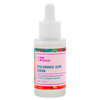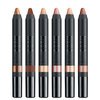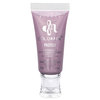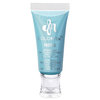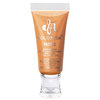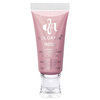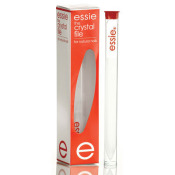
Okay, you're probably thinking: Nail files—is there really more to know? The answer is a resounding YES! Like the products you use on your fingertips, the nail file you choose can have direct impact on the health and look of your next manicure. We tracked down Manhattan-based nail goddess Jin Soon Choi for even more filing know-how.
ROCK VS. PAPER
With glass and ceramic materials gaining in popularity, what's really the distinction between these delicate files and the sandpapered norm? "The biggest difference is that emery nail files can't be sterilized, while ceramic and glass files can be washed and soaked in a liquid solution," explains Jin, who works backstage with Revlon at Fashion Week. Emery files work faster—conversely, you can't work with ceramic files as quickly, and they can break easily. "I'm used to using emery nail files because they're so diverse: size, thickness, degree of grain—so I can select the best one for the nail I’m working with, which ranges from real to fake," admits Jin. "But because glass and ceramic nail files are the least abrasive, I use them on very thin and weak nails."
 THE GRITTY TRUTH
THE GRITTY TRUTH
Emery boards are not all created equal, as grit sizes range from ultra-fine to coarse. "Stick with a grit size of 180 to 280 [the higher, the finer]—it's best for basic filing and shaping on natural nails," suggests Jin. Whenever possible, use a long nail file for extra dexterity—mini files are handy for purse touch-ups, but a long nail file is much easier to use. And what about buffing? Sometimes it’s hard to resist the urge to erase obvious ridges and an uneven surface texture using the first filer you find, but is it doing more harm than good? "If you buff, use the finest grain [900 to 12000 grit size] and rub gently—a hard, coarse-grained buffer will destroy your nails," advises Jin.
THE SHAPE OF THINGS
"Filing nails one direction to the other used to be the nail school standard, but it's okay to gently rock back and forth from corner to corner using a very fine-grain nail file," says Jin. It's a pressure balance, however, and with too much force you risk splitting the nail at the tip.
"For a square shape, I like to file the tip of the nail first; this establishes the final length of the nail," explains Jin. "Then I continue on to the edges of the nail to balance out the square." For a round shape, Jin starts at the sides, gradually segueing to the tip because a round shape nail is more of a gradual taper. "The key is not to rush," she adds. "If you try to work too fast, you risk removing too much nail material on one side which forces you to remove a matching amount on the other side. Filing nails is not much different from cutting hair."



 THE GRITTY TRUTH
THE GRITTY TRUTH


